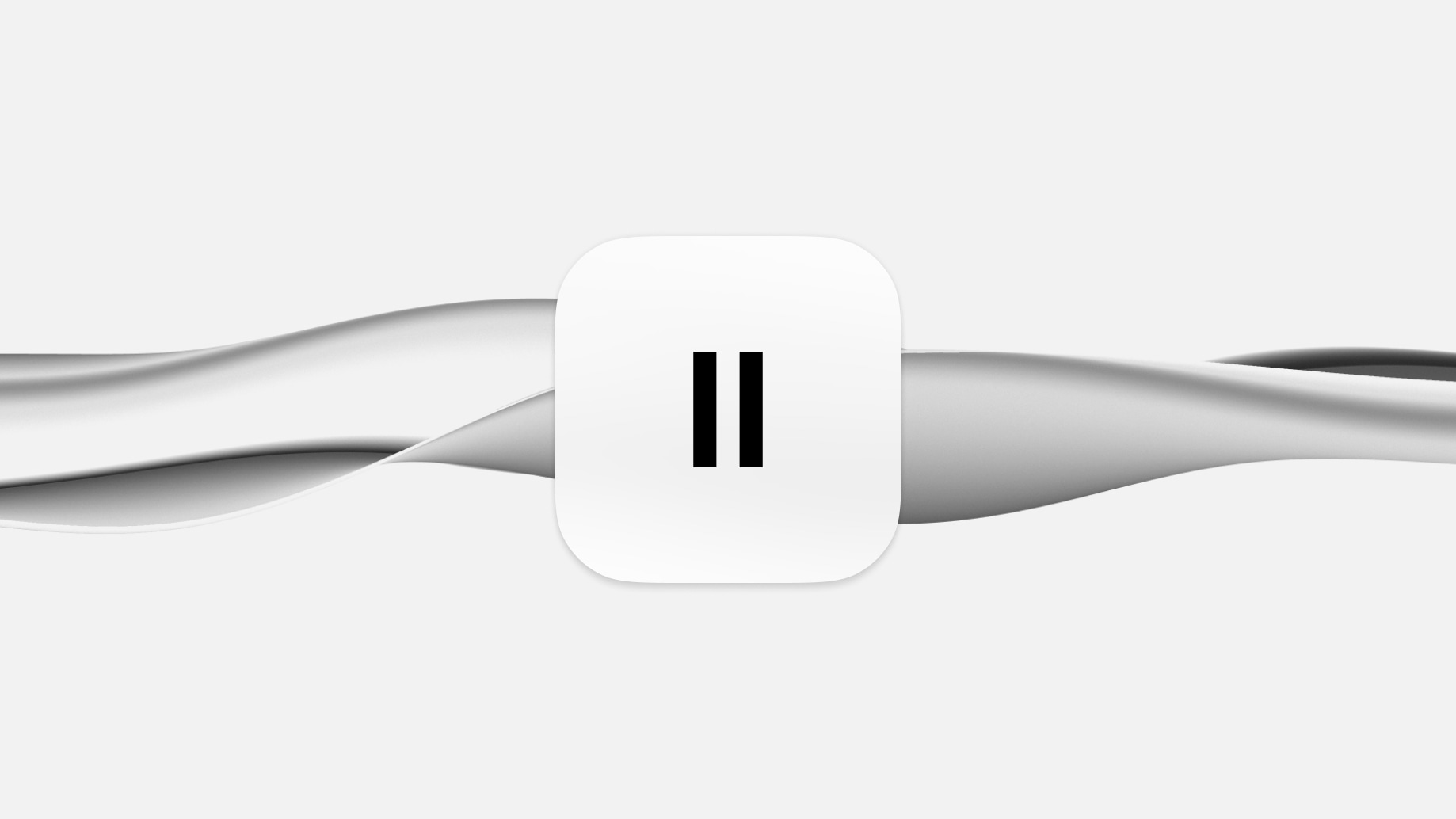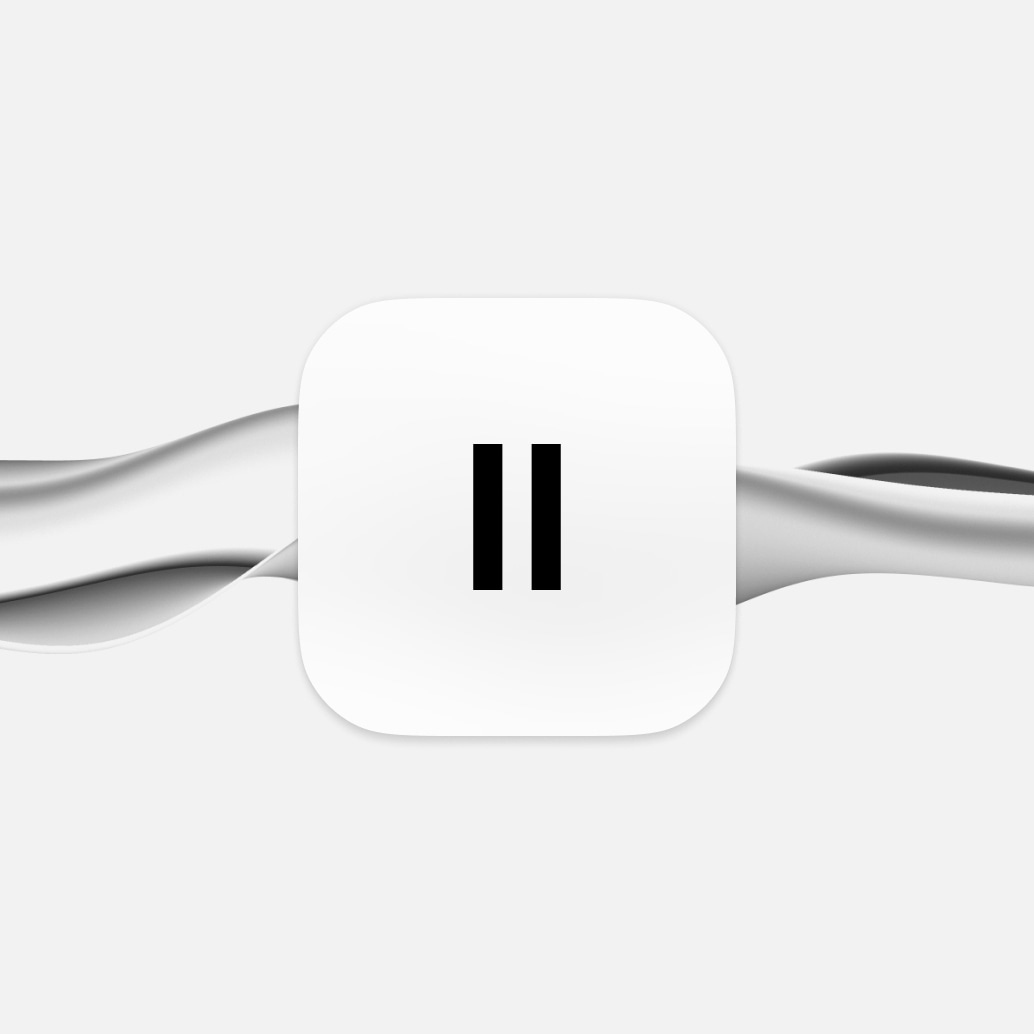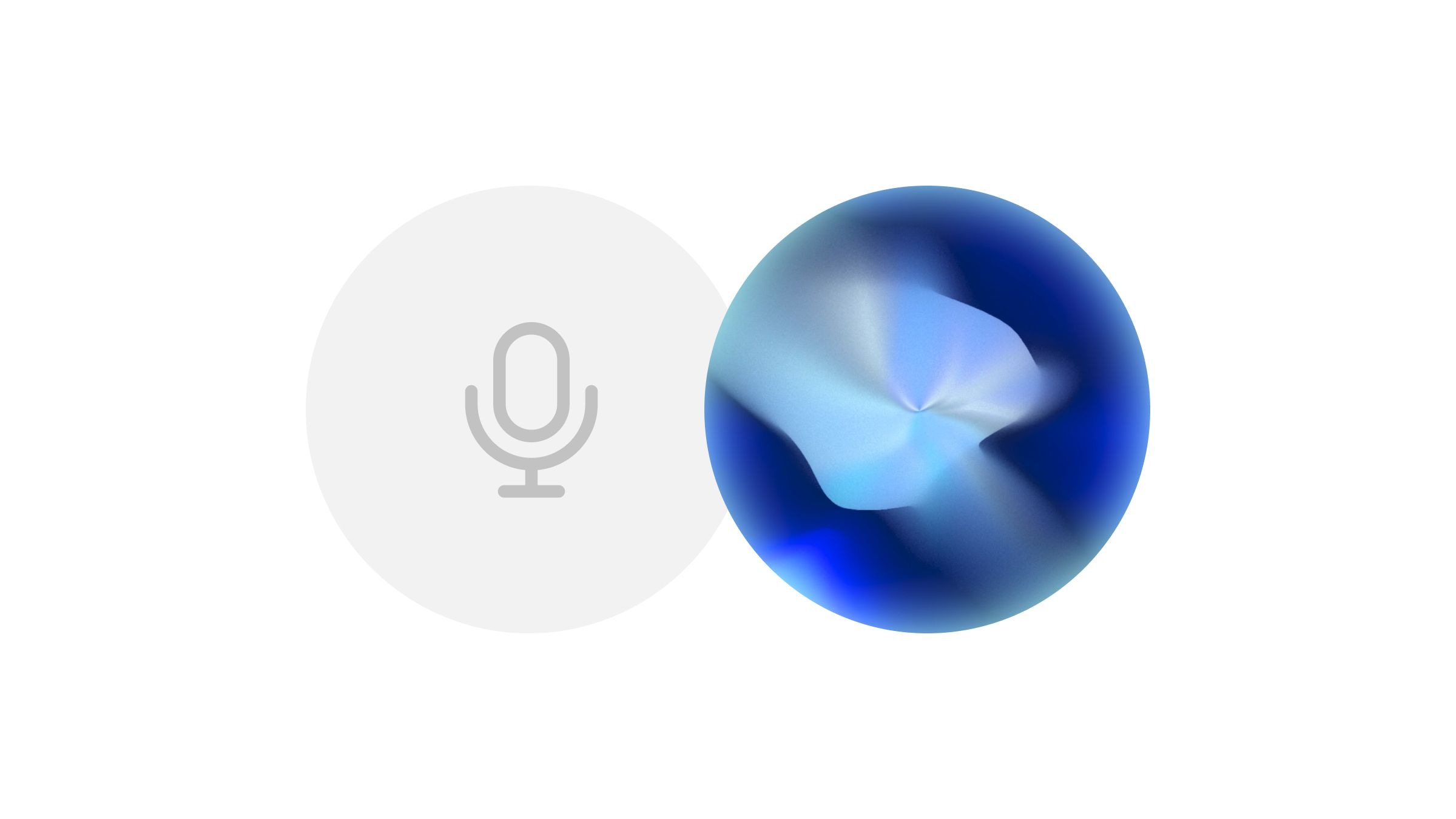What are voice changers?
Voice changers are software or hardware tools designed to alter the pitch or tone of a user's voice. Commonly used in online gaming, voiceovers, and various digital communications, these tools modify the voice input from a microphone to create a range of effects, from subtle changes to completely transforming the speaker's voice.
Their applications range from entertainment to privacy enhancement, offering users the ability to customize how they sound in real-time.
Voice changers and speech AI are rapidly advancing, offering exciting possibilities for the future. Voice changer tools, for instance, are no longer limited to simple pitch adjustments. They now incorporate AI to transform speech in real-time, allowing for a range of applications from entertainment to privacy.
The advancement in speech AI is pushing the boundaries of what synthetic voices can achieve. These AI-generated voices are becoming indistinguishable from human speech, with applications expanding into areas like IVR (Interactive Voice Response) systems and chatbots.
Future developments in speech AI could lead to more personalized and interactive experiences in various fields, including e-learning, customer service, and entertainment. The key is creating voices that are not just lifelike but also capable of conveying emotion and personality, making digital interactions more engaging and human-like.
Final thoughts
AI voice generators have shown remarkable progress, evolving from basic text-to-speech tools to sophisticated systems capable of producing lifelike, natural-sounding voices. This technology is not only enhancing the way we create and consume audio content but also paving the way for more personalized and interactive digital experiences.
As AI continues to advance, we can expect these tools to become even more versatile and accessible, opening up new possibilities for content creators, educators, and businesses. The future of voice technology is promising, with ongoing developments likely to further bridge the gap between digital and human interactions.






